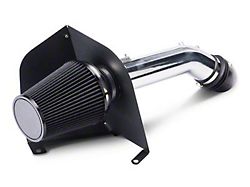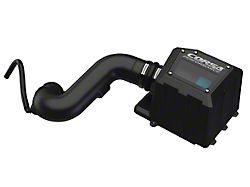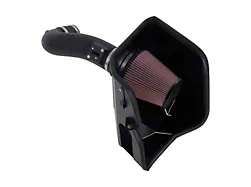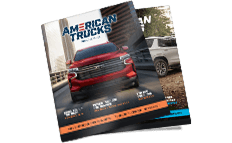What is a Cold Air Intake?
Making modifications to a vehicle's induction system is one of the oldest tricks in the performance handbook. For generations enthusiasts have been after cooler air to increase engine performance.
Colder air is more condensed, which allows for more oxygen molecules to be contained within a given area. More oxygen means better performance. A cold air intake is designed to take advantage of this concept by relocating the air filter to an area where colder air is more available.
In short the benefits are:
- Improved air flow
- Gains in power and performance
- Better fuel economy
Will Upgrading the Cold Air Intake Help My Sierra?
The short answer is yes…yes it will. Let’s start with the year 2007, and work our way forward by visiting some designs available and how they compare against the factory layout typical to these generations. After looking at cold air intakes from this perspective you’re sure to have a better understanding of why this is.
2007-2013 GMC Sierra
When you peek under the hood of this generation of Sierra, regardless of the engine size, you’re going to notice the presence of an air box. The air box contains the filter within. The air is drawn in here led through an intake tube directly into the throttle body.
Some of the issues here are:
- Enclosed air box
- Restrictive air filters
- Restrictive intake tube
These are some major problems that cold air intakes correct. The location of the filter itself is already ideal so no major reconstruction is necessary. You will see some variances on how they achieve the goal of improved air flow.
On the 4.3 V6 you’ll notice the intake is left intact, and only the air box is replaced. This is because of the location of the throttle body in comparison to the air box. The flow is already decent, so the intake tube need not be addressed. The old enclosed air box is a different story. Replacing this with an air filter that can draw in air from all angles is all that’s needed to cram in as much cold air as your heart desires.
On the V8 models the whole system, intake tubes and all, is replaced. The larger engines can draw in much more air than the V6, which is why the tubes are reshaped and even widened in some cases to allow for excess airflow. At the end of the redesigned intake tubes you will find a high flow air filter.
Both the V6 and V8 engines utilize something of an air box on their cold air intakes. These air boxes stand superior to the factory set up. Factory air boxes only allow air to be drawn in from one side through a flat filter. These cold air intakes allow cold air to enter from all sides. This is a major advantage for obvious reasons.
Aside from drawing more air to your engine compartment, cold air intakes also pull in colder air. Your stock air intake continually funnels heated air that’s already being exhausted from the engine bay. While this is not hazardous, it limits the performance of your engine block. With a cold air intake your engine enjoys more power.
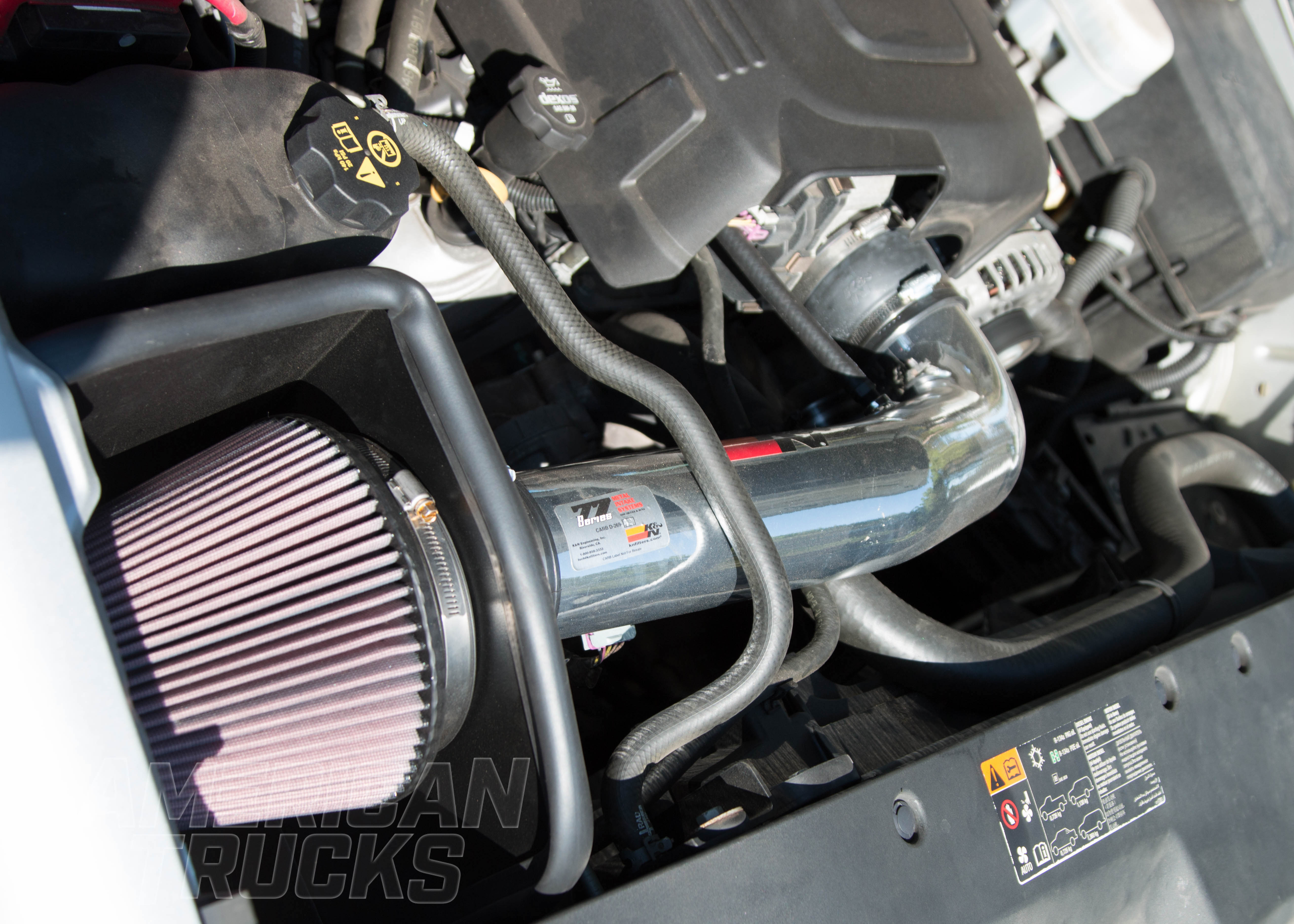
2007-2013 Engine with Aftermarket Cold Air Intake
2014-Present Sierra
For this generation, much of the features of cold air intakes available to the earlier gen carry over. Most kits will appear identical, except now the 4.3 V6 gets a step up to a full intake as opposed to just a filter.
One major variation is that for V8s you can buy just the intake tube. For those who are satisfied with the factory air box and air filter, but want better flow, they can simply buy a wider intake tube.
Full intake systems can be bought now with closed or open air boxes as well. Both of these aftermarket upgrades offer maximum flow and filtration in one swift blow.
Typically, open air box systems offer better air flow, though they can pull in a lot of heat in extreme heat conditions. An enclosed air box system may be more restrictive, but always allows for consistent cold air intake from your Sierra’s wheel well.
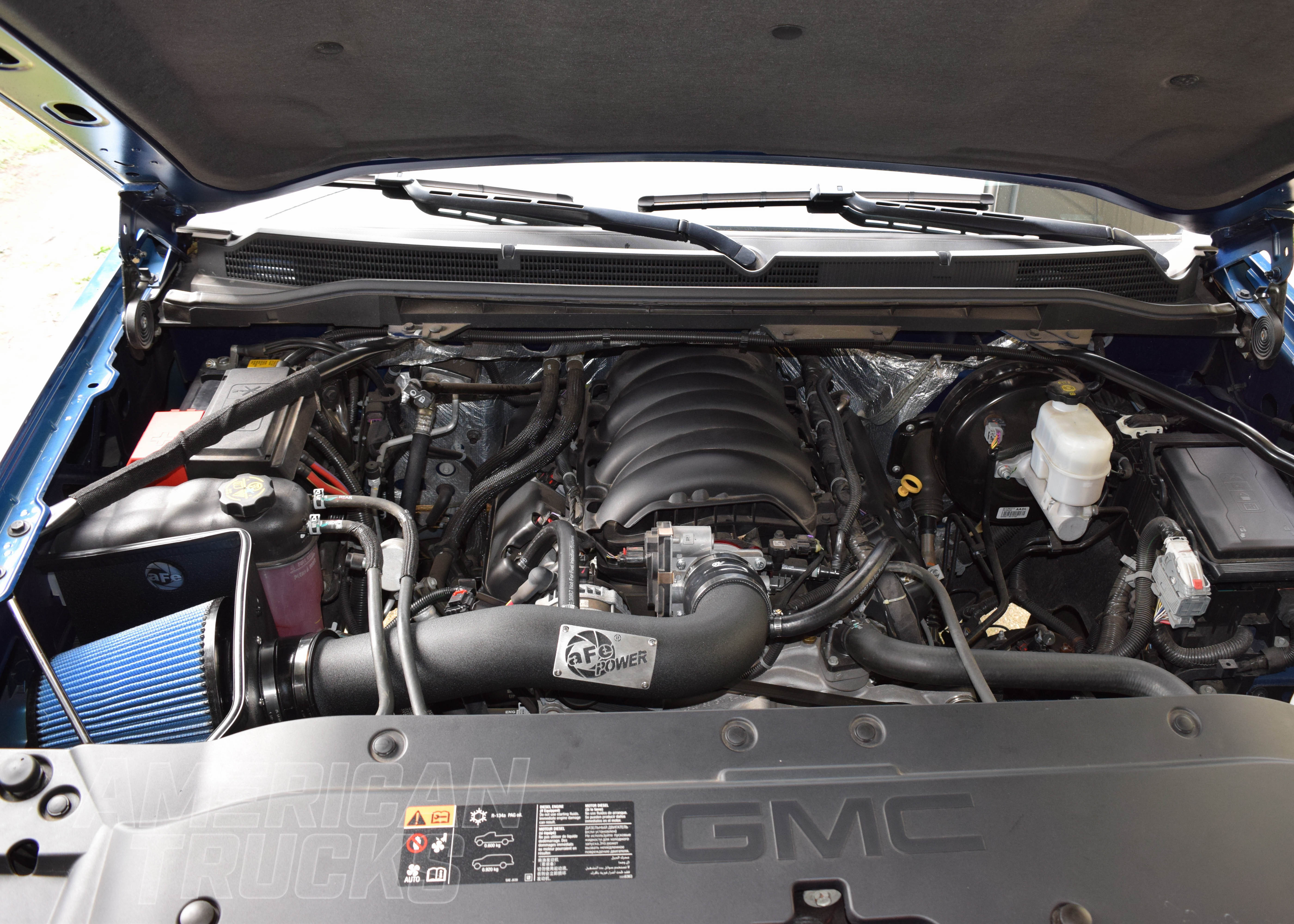
2014-Present Engine with Cold Air Intake
What Type of Filter Should I Choose?
Aftermarket intakes have aftermarket filters and not all are the same. Most can be cleaned and reused, which is a good thing, but they will require different procedures in doing so.
You will have the choice of picking up an oiled filter or a dry filter for your Sierra. The difference is that oiled filters are less restrictive and allow more air to pass through.
Because more air can travel through, more dirt can also. Oil is applied to the filter to help resolve this issue. The oil sticks to the fibers of the filter and makes the dirt cling to it. Because of this they will need to be cleaned and oiled regularly. This can be a pain to some people and isn’t worth the added air flow. For this very reason dry filters are available.
Oiled Filters
Pros:
- Most free-flowing Filters
- Filter is reusable
Cons:
- Requires an extra step in maintenance
- Needs to be cleaned more often
Dry Filters
- Pros:
- Easily maintainable
Cons:
- Filters will need to be replaced more often
- Restrictive on air flow
It’s important to note that these principles are shared with all types of cold air intake kits. Despite the fact that air boxes and filter shapes might vary they all fall under these two classifications. The layout of the intake system may require different procedures and that’s all that will vary.

Aftermarket Oiled Air Filters
Fitment Includes:
- 1999, 2000, 2001, 2002, 2003, 2004, 2005, 2006, 2007, 2008, 2009, 2010, 2011, 2012, 2013, 2014, 2015, 2016, 2017, 2018, 2019, 2020, 2021, 2022, 2023 and 2024 Sierras
- Base, C3, Classic, HT, Hybrid, Nevada Edition, SL, Z71, Denali, SLE, 1500, SLT and WT Sierras
- Engines: 4.3L Vortec V6, 4.8L Vortec V8, 5.3L Vortec V8, 5.3L Flex-Fuel Vortec V8, 5.3L Vortec V8 Hybrid, 6.0L Vortec V8, 6.2L VVT Vortec V8, 4.3L EcoTec3 V6, 5.3L EcoTec3 V8, 6.2L EcoTec3 V8 Sierras
*Please see Sierra parts pages for any exceptions.

